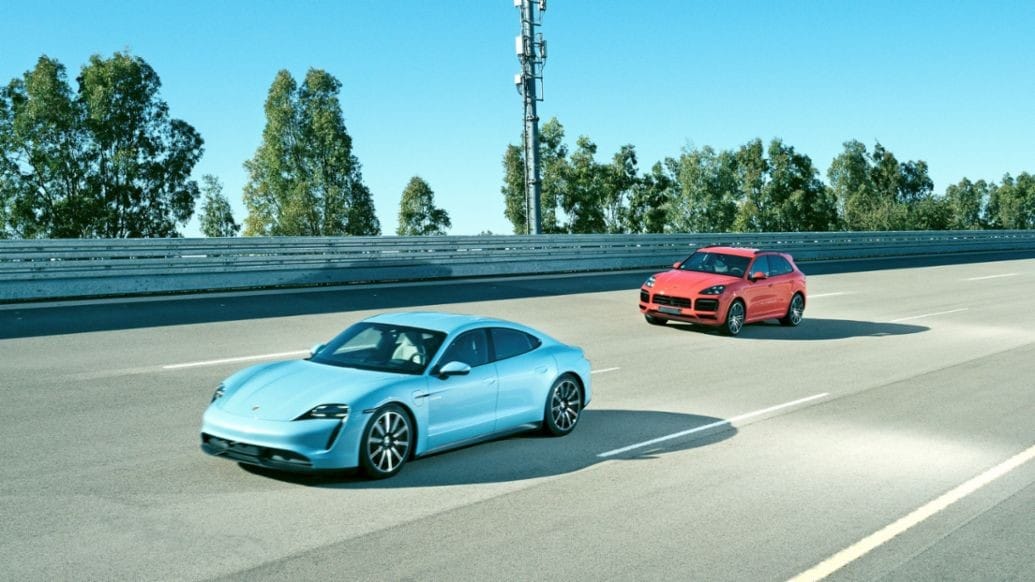
Porsche Engineering is at the forefront of AI-driven advancements, and their latest endeavor focuses on the development of Vehicle-to-X communication, poised for series production.
V2X as a Game-Changer
As technology rapidly evolves, the automotive industry is harnessing its potential to gain a competitive edge. One such breakthrough capability is vehicle-to-X communication (V2X), which enables vehicles to communicate with each other and their surroundings. This advancement holds tremendous promise for advancing autonomous driving and revolutionizing driving and traffic safety.
Within a few short years, automobiles will be constantly connected to each other and their surroundings as well as communicating and sharing information with pedestrians' mobile devices or a traffic signal system.
In China, where V2X technology is already being tried, several intersections are linked to a traffic control center that updates vehicles on when the lights will turn green. Connected automobiles and other road users can share data with one another via a central server. At its research and development facility in Anting, not far from Shanghai, Porsche Engineering is putting V2X technology through its paces in real-world scenarios.
New technology in these parts could provide several useful functions: A live traffic light information feature might be connected to the distance cruise control to change speed so the driver spends the least amount of time at traffic lights and drives more effectively. Digital warning triangle extensions are possible: Short-range communication would alert other drivers if the car stopped with its danger warning lights on. This hazard notification might potentially be sent to a central server for distant road users.
“The vehicle of tomorrow will not only use its own sensor technology, but also other road users’ sensor systems,” explains Pasqual Boehmsdorff, Project Leader for V2X Function at Porsche Engineering. “This makes V2X an important step forward on the road to fully autonomous driving.”
Cellular Connectivity
Two technical principles can connect automobiles. Wi-Fi 802.11p is the first option. Vehicles can talk directly but if they are more than 200 to 300 meters apart, roadside units (RSUs) along the highway help relay signals. Wi-Fi is more established but installing routers is expensive. The second option is to use the cellular network. Currently, C-V2X (cellular) is the standard.
Thomas Pretsch, Senior Manager Connectivity at Porsche Engineering further assumes that a system based on mobile communications will prevail for V2X.
Based on tests run at the 700-hectare Nardò Technical Center (NTC) with its private 5G network, 5G network bandwidth and latency are suitable for automotive applications.
The Car Data Box
The test computer is a project being pursued by the Porsche Engineering facilities in Cluj-Napoca and Timis?oara (Romania), which also produced the needed software. Engineers in Prague were in charge of the physical components. The CDB was introduced in June of 2020 and it has been under constant revision and improvement since then. Since 2021, a 5G module has been enhancing cloud connectivity. As an added bonus, ROS integration makes development easier by transforming data from technology-agnostic sensor types including cameras, radar, and lidar. For instance, if a higher-resolution camera is added to the test vehicle, the current evaluation methods can be utilized with no changes needed. Because of this, no further innovation is required.